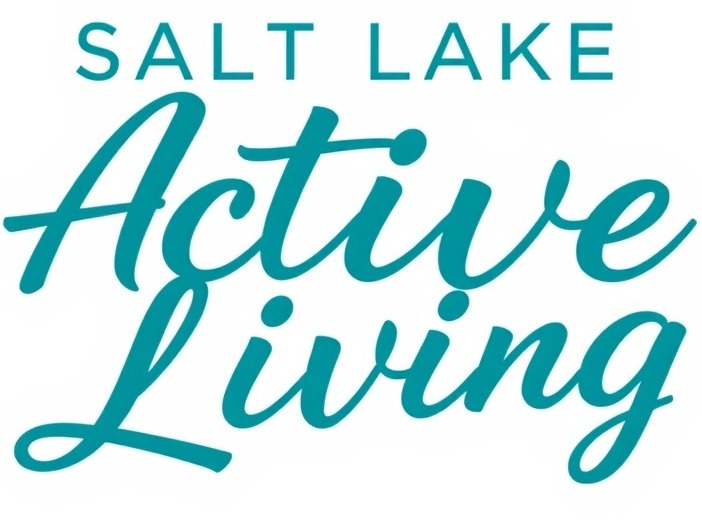
The Evolving Landscape of E-bike Access
As the popularity of electric bikes (e-bikes) surges, a critical discussion around access to trails and recreational areas has emerged. Many enthusiasts argue that e-bikes enhance outdoor experiences, while others caution against the potential implications of unrestricted access. This dichotomy highlights a growing debate: should everyone be allowed to access every path, no matter the means of transportation?
The Varied Classes of E-bikes
Understanding the different classifications of e-bikes can clarify some of the challenges they bring. E-bikes fall into three distinct categories: Class 1 provides pedal assistance up to 20 mph; Class 2 allows for throttle control with the same maximum speed; and Class 3 offers pedal assistance with a higher maximum speed of 28 mph. Only Class 1 and 3 are permitted on national parks' trails, sparking concerns over what constitutes an appropriate speed for accessing natural spaces. As the e-bike technology evolves, these classifications may need reevaluation.
The Environmental Impact on Trails
Opponents argue that increased e-bike access could lead to greater trail erosion. Recent reports show that while horses can damage trails significantly, e-bikes, even with their electric assistance, can exacerbate the wear caused by traditional bicycles. The question stands: do we want to create a scenario where more mechanical assistance leads to more environmental degradation?
Practical Challenges and User Behavior
Interestingly, behaviors surrounding e-bikes can complicate their integration into existing biking communities. Instances such as riders abandoning rented e-bikes when they run out of battery leave unattended bikes on trails. Concerns about practical usage, battery life, and user responsibility indicate that ease of access must be balanced with the willingness to maintain and respect shared spaces.
Access vs. Authenticity: A Community Dilemma
The introduction of e-bikes has fueled both camaraderie and conflict. A poignant anecdote involves a mountain biker who faced a moral quandary when a friend rode an e-bike to keep up with the group. As others purchased e-bikes to maintain their pace, they began riding on trails where e-bikes were banned. This raises an essential ethical question—do technological advancements in biking truly enhance the experience, or do they undermine the authenticity of the outdoor community?
Global Perspectives on Outdoor Accessibility
The debate over access extends beyond individual trails or national parks. Internationally, initiatives like China’s plan for an escalator at the top of a mountain provoke the question of whether nature should be made universally accessible. While democratizing access to natural sites may seem progressive, it may inadvertently lessen the appreciation for the journey itself, traditionally valued in outdoor recreation.
A Future with E-bikes: Balancing Access and Responsibility
The future of e-bike access is poised at a precarious juncture. As local governments and land management agencies grapple with rising demands for access from both e-bikers and traditional bike enthusiasts, maintaining a balanced approach remains crucial. Dialogue about trail use must evolve to address concerns about environmental impact, public safety, and community integrity.
Conclusion: Finding Common Ground
Finding ways to navigate this slippery slope requires collaboration between cyclists, policymakers, environmental advocates, and local communities. Each group holds unique perspectives that could help foster an equitable solution. Perhaps through respectful dialogue and innovative thinking, we can explore responsible access that honors the delicate balance between enjoyment and preservation in nature. Everyone deserves access, but not at the expense of our cherished outdoor spaces.
 Add Row
Add Row  Add
Add 




Write A Comment